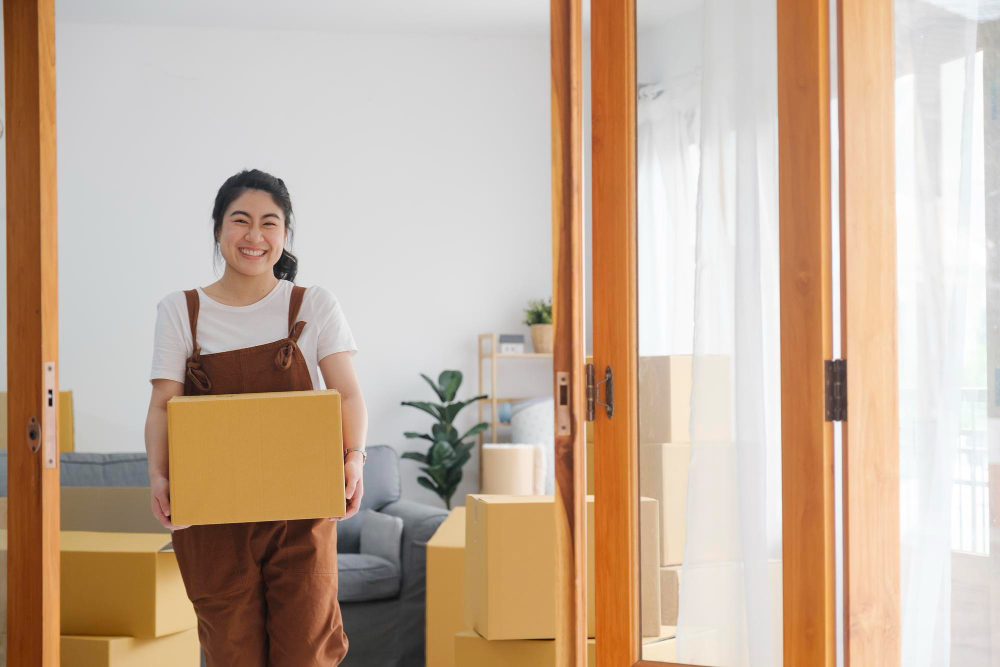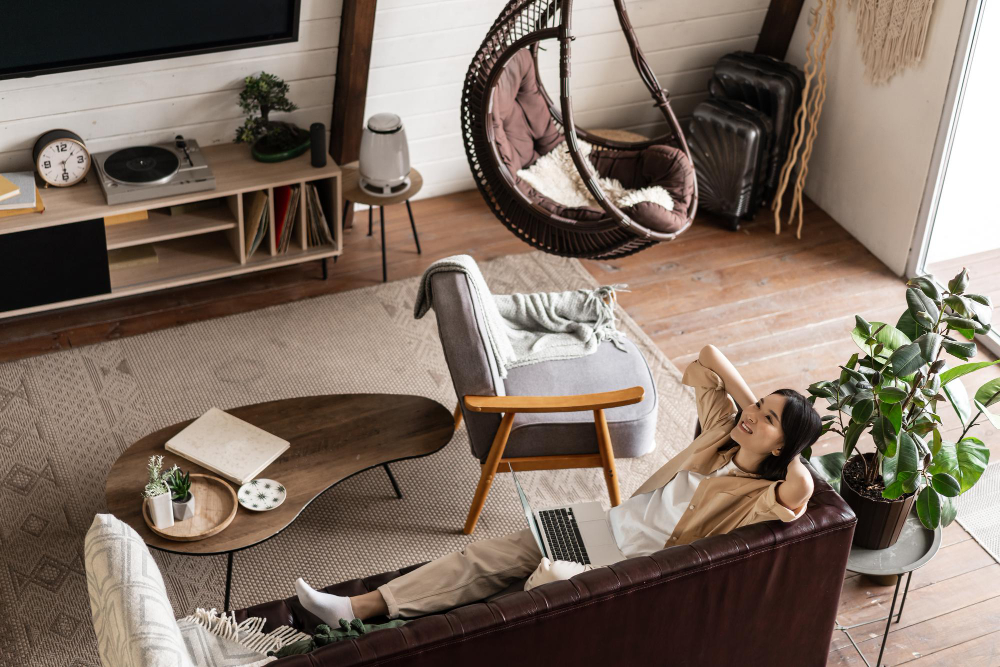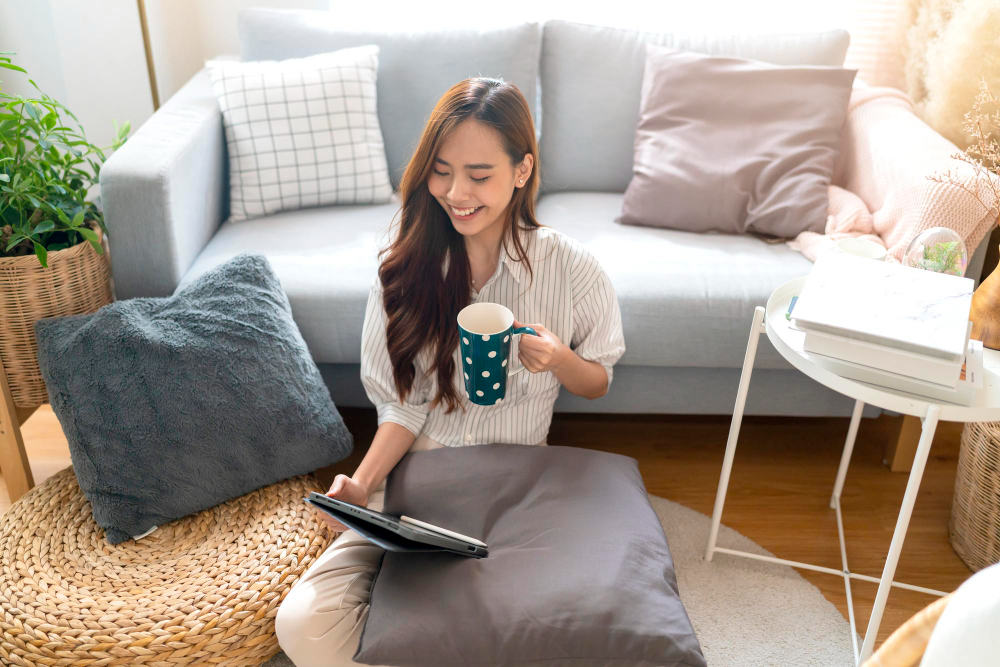Maximizing Small Spaces: Clever Design Solutions for Compact Living

Maximizing small spaces can be a challenge. You want to take advantage of every inch of your home and still make it feel like a comfortable, functional home. The key is to think smartly about how you design each room so that you get the most out of the space available to you.
Whether you’re renting an apartment or moving into a new home, it can be difficult to make small spaces feel larger and more open. However, with a few clever design ideas, even the smallest of spaces can look and feel bigger than they are.
Multi-functional furniture
If you’re looking to maximize the space in your apartment, consider buying furniture that can serve multiple purposes. Convertible sofas and beds are a great option if you have guests who need to stay over or children who might want their own space. If you have room for an extra table, consider buying one that extends when needed. Wall-mounted desks are also great because they don’t take up any floor space at all! Finally, storage ottomans can come in handy for keeping blankets and other bulky items stored away until they’re needed (but still within reach).
Vertical space utilization
Vertical Space Utilization is a great way to maximize the small amount of space you have. Hanging shelves, wall-mounted cabinets and even floating bookshelves can help you store things out of sight.
- Floor-to-ceiling shelving: If you have a long wall that’s not being used, consider installing floor-to-ceiling shelving. Shelving can be used for books and display items, as well as for storage.
- Wall-mounted storage solutions: Wall-mounted shelves are great for small spaces because they don’t take up floor space or require any additional furniture to hold them up (and they’re easy on the eyes!). They’re also perfect for displaying artwork or other decorative pieces in an area where there might otherwise be nothing but blank walls.
- Hanging plants and decor: Hanging plants add life and color to any room–and they don’t take up much space at all! Just make sure that whatever you hang from is secure and won’t knock anything over if it swings around too much in high winds (or when someone bumps into it). You could also use sturdy hooks as decoration; just make sure they’re attached securely enough so nothing falls off onto someone below!
- Loft beds: If your little one needs his own space but doesn’t have much room of his own yet, consider making use of what vertical space there is by building him his own loft bed right above yours so he can still get plenty of restful sleep without disturbing yours (or vice versa).
Effective storage solutions
Effective storage solutions are a must in any home, but they’re especially important when you have limited space.
- Under-bed storage: This is one of the most popular storage solutions for small spaces, and it’s easy to see why. An under-bed storage unit can be used to store everything from bedding to toys, books, and other items that are usually kept on the floor or in baskets.
- Built-in cabinetry: If you have an empty wall that’s begging for something interesting to do–and don’t mind spending a little extra money–built-in cabinets are the perfect solution. They provide valuable storage space without taking up too much room in your home, making them ideal for apartments with limited square footage (or anyone who wants their kitchen cabinets to double as artwork).
- Hidden compartments: If you’re looking for more discreet ways of keeping things out of sight (for example: hiding away those ugly boxes that contain all those old photographs), then consider installing hidden compartments behind doors or beneath floors where they won’t be seen by guests but still accessible.

Open floor plans and room dividers
Open floor plans are a great way to maximize space, but if you’re going to do it, you should do it right. Here are some tips for maximizing your open floor plan:
- Furniture-as-divider: A sofa can be used as a room divider by placing it against the wall with its back facing outwards; this will create an entirely separate living area without any actual walls or doors in its way.
- Incorporating glass walls or sliding doors: Glass panels can be added to any part of your home that needs some extra privacy.
- Using curtains (instead of blinds): Curtains are more flexible than blinds when it comes to letting light into the room while still providing privacy from outside viewings.
Color and lighting
When it comes to maximizing space, color, and lighting are two elements that can have a significant impact on your home’s design. In fact, studies show that light colors help create an illusion of increased space in small rooms. For example, bright white or light shades will make your living room feel larger than darker shades like black or navy blue because they reflect more light into the room and make the walls appear farther away from each other.
Lighting design is another important consideration when trying to maximize small spaces in your home. While overhead lights may seem like an obvious choice for illuminating a room, they often cast harsh shadows on furniture pieces and cause glare on televisions or computer screens. Instead of overhead lights consider installing recessed lighting above kitchen islands or desk areas where natural light isn’t sufficient for reading etc. You may also install wall sconces near a window nook.
Decluttering and organization
It’s no secret that decluttering and organization are important for overall health and happiness. But when you’re living in a small space, it can be difficult to find the time or energy to keep your home neat and tidy.
Your first step is always going to be getting rid of anything that doesn’t serve a purpose in your life anymore. Do you really need all those old clothes? Are there books on your shelf that haven’t been read since college? Is this art good for your gallery wall?
If so, give them away or donate them somewhere they will be appreciated. Once this initial purge of visual chaos has been completed, look around again at what remains–are there items still taking up space but not adding value? Get rid of those too! You’ll feel lighter knowing there are fewer things weighing down both physically and mentally in your small house; plus it’ll make room for new purchases and design spaces.
Custom-built solutions
A custom-built solution is a great way to make the most of your space. The options are endless and can include:
- Tailored furniture and storage. A custom piece of furniture can be designed to fit into odd-shaped spaces or maximize the use of an area that would otherwise go unused. This can be custom multifunctional furniture such as a coffee table, dining table, or guest bed. Choose furniture that is right for your bedroom or any other space.
- Built-in appliances. In the kitchen and dining room, appliances like ovens, refrigerators, and microwaves can be built directly into kitchen cabinets so they’re out of sight when not in use, but still accessible when needed from the seating area (and don’t take up valuable counter space).
- Custom cabinetry and shelving systems add visual interest as well as function by displaying collectibles or other items you want to show off for your family room rather than hiding them away in boxes. Store extra towels and other unnecessary stuff in the closet to make the small space feel larger.
Tips for small-space living and small-space design ideas
Living with less.
When you don’t have a lot of space, you may feel like you need to own more stuff. But the truth is that owning fewer things can actually make your life easier and more enjoyable. The less clutter you have around your home, the easier it will be to clean and organize–and if something breaks or gets damaged beyond repair, there are fewer items for which repairs need to be made.
Adapting to compact living.
If you live in a small apartment or condo unit (or any other type of house), then chances are high that some areas of your home aren’t going to have room for big furniture pieces like couches or dining tables. In these cases, it’s best not only because they won’t fit but also because they take up valuable floor space as well! Instead try using smaller chairs so everyone has enough room when sitting down together at dinner time; alternatively, consider investing in folding chairs which can easily tuck away when not needed instead.

Every home is different, and there are many factors to consider when decorating and designing. In this article, we looked at some of the most common challenges facing people living in small spaces. We also explored some great ways to maximize your space by using multi-functional furniture and vertical space utilization. You may also want to consider decluttering and organizing your belongings so they don’t take up too much room.
As you can see, there are many clever design solutions for compact living. And if you’re looking to maximize the potential of your small space, it’s important to embrace it rather than fight against it. With these tips in mind and a little creativity, you might find yourself enjoying your home all the more!




